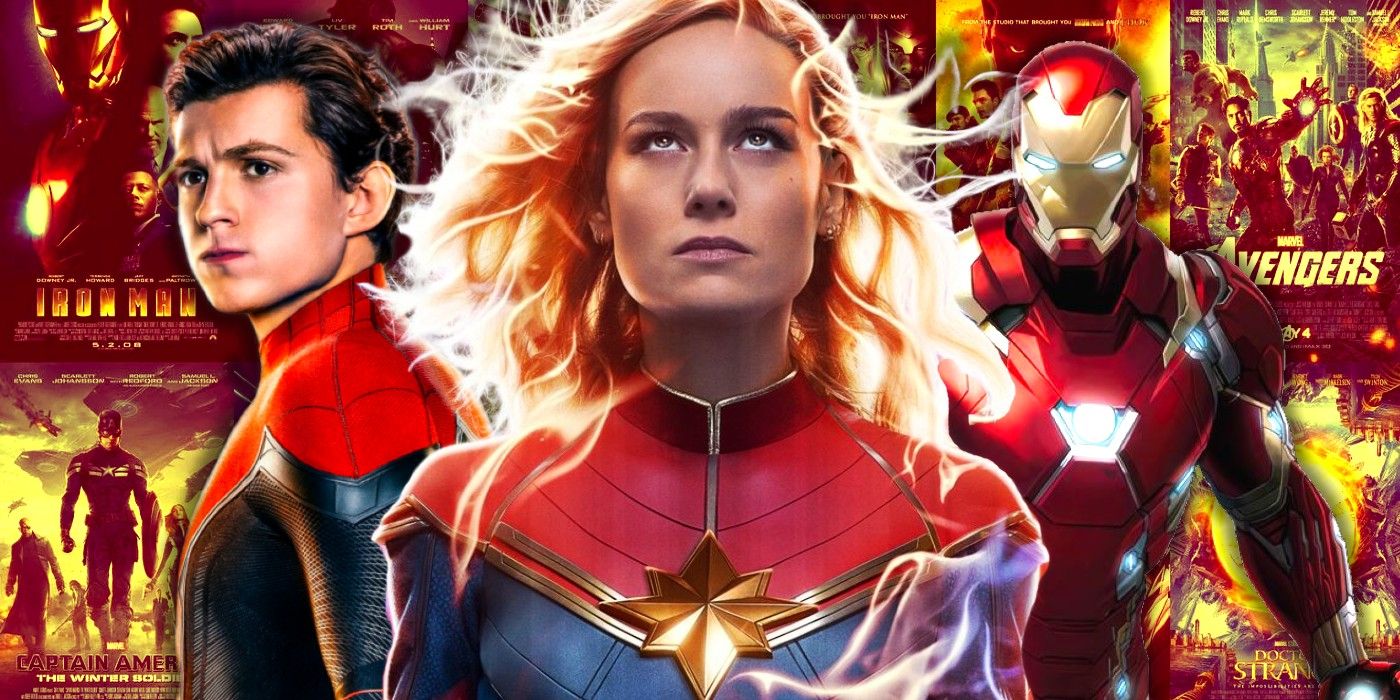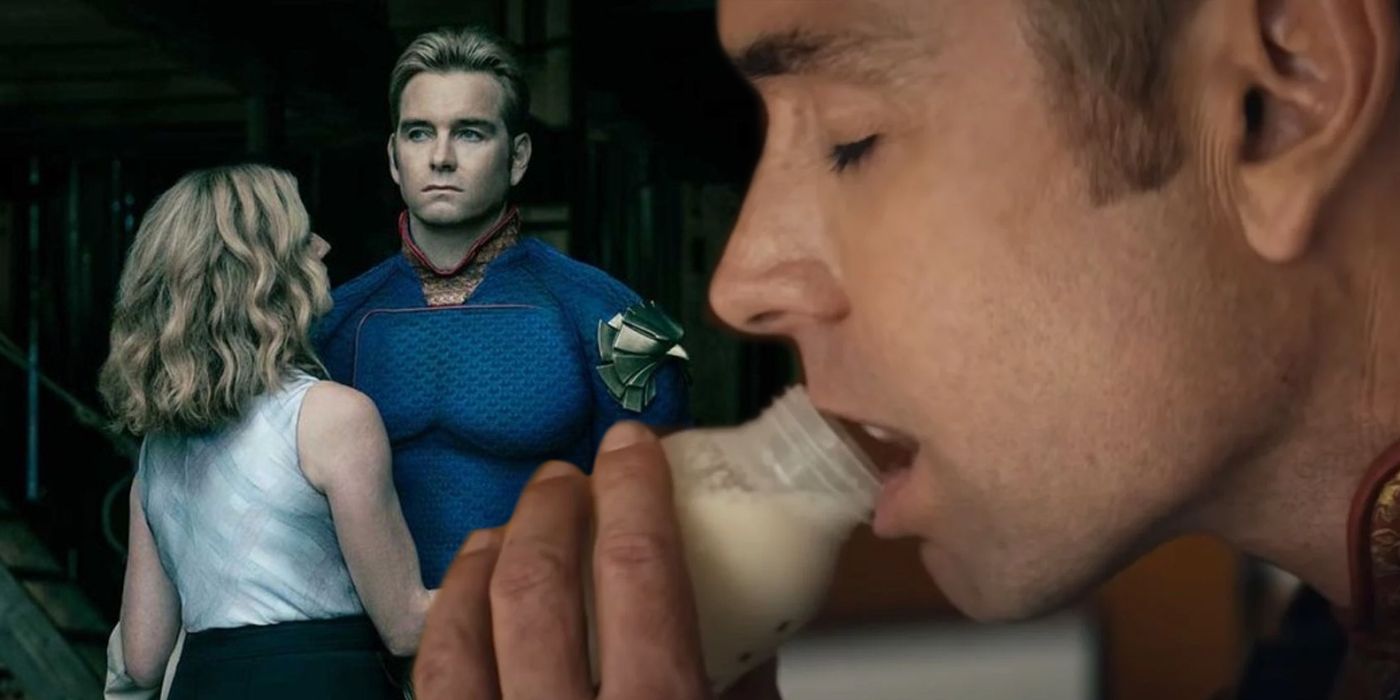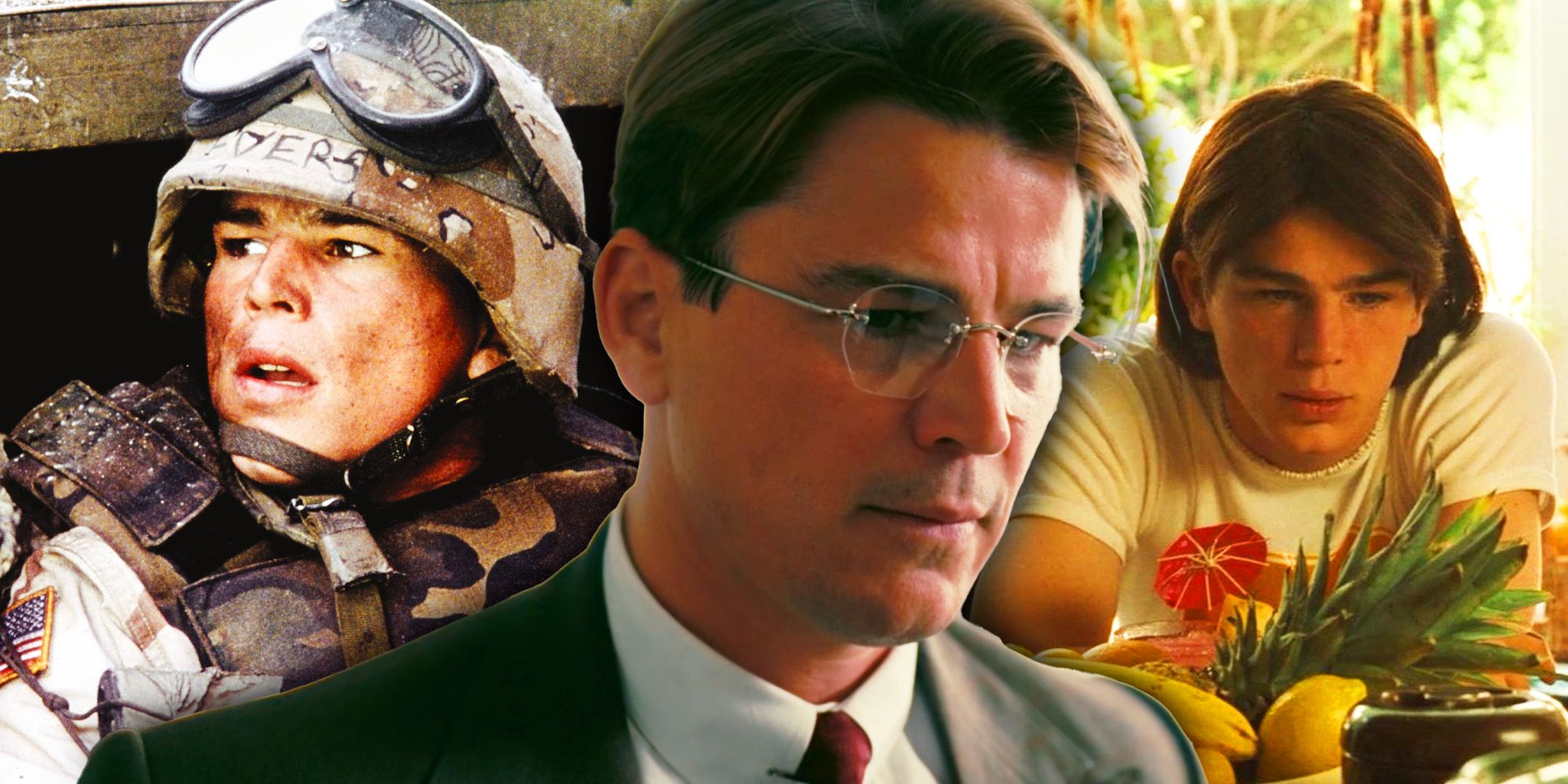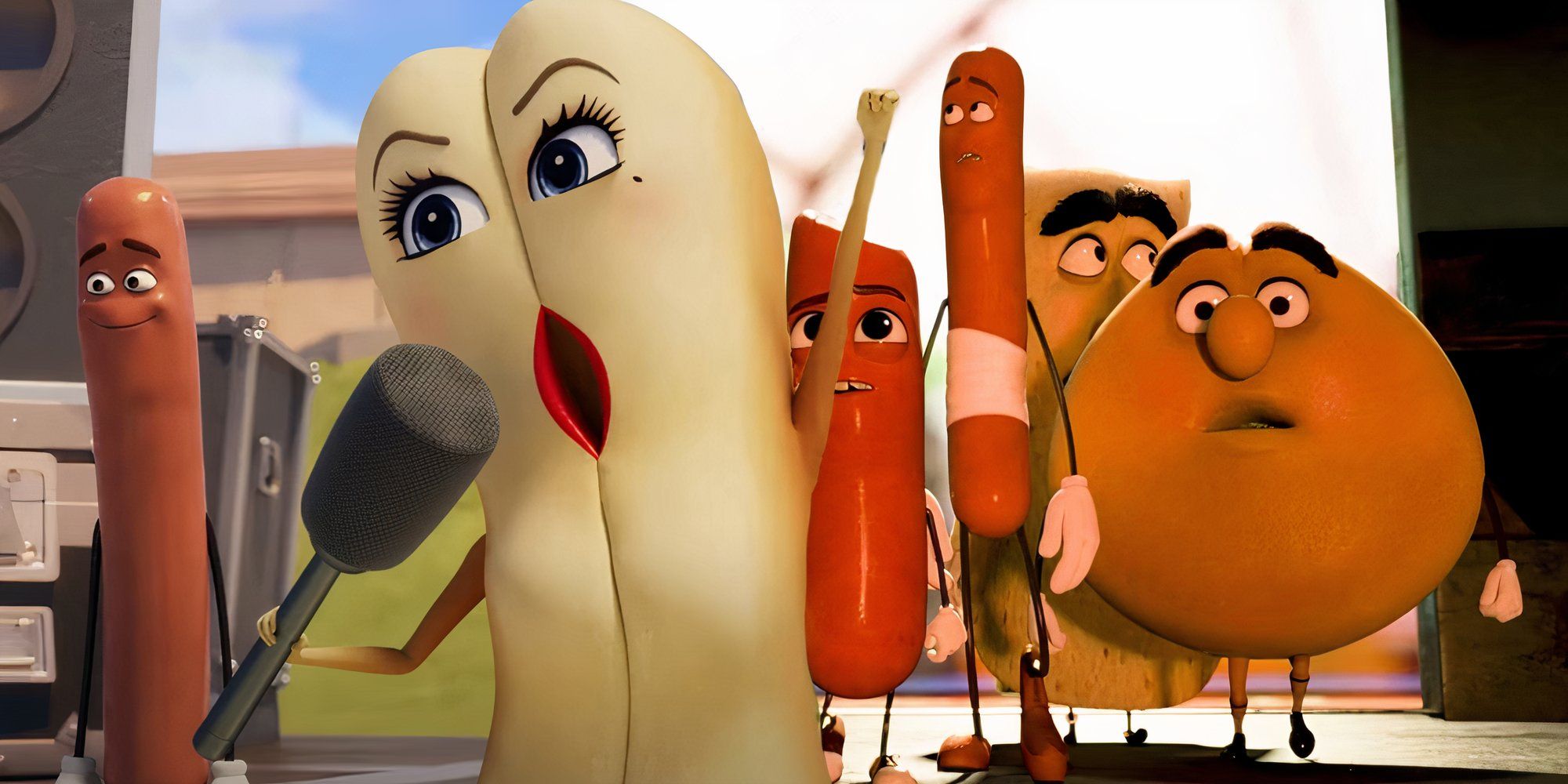Often the best kinds of science fiction are based on science fact, which might be why director Christopher Nolan and his brother, screenwriter Jonathan Nolan, were so intent on working closely with theoretical physicist Kip Thorne when creating their latest film, Interstellar.
Set in a not-too-distant future where strains on the Earth’s resources have left humanity with only enough left to support one more generation, Interstellar stars Matthew McConaughey as a father who chooses to leave his daughter behind and embark on a dangerous, potentially one-way mission to another a galaxy in order to find a new planet for humanity to relocate to (where we will hopefully do a bit more recycling).
As the time until Interstellar‘s release draws closer, two new TV spots for the movie have been released and THR has published an extensive interview with Nolan, McConaughey and costars Anne Hathaway and Jessica Chastain. The subject of Interstellar‘s science was briefly touched on in a featurette about Thorne’s involvement with the film, but Nolan expanded a little on his own research, which included a trip to NASA and a visit to Elon Musk’s space base SpaceX.
“You hear about these things as abstractions, and then you go to SpaceX, and they’re building rockets. They’re getting out there. [Our] generation has grown up with far too little interaction with the idea of leaving this planet, with the idea of getting out and exploring our place in the solar system and then the galaxy and then the universe.
“In making it seem attainable, you think about it very differently. Your perspective immediately starts to change. You have to start wrestling with the idea of scale, with the idea of these vast distances, these enormous planets, what a wormhole would look like, what a black hole would be like. You have to start examining these things as practical possibilities. It all becomes much more tactile. Which is incredibly exciting.”
It’s not the first time that a sci-fi filmmaker has taken such serious interest in exploring new grounds. Avatar director James Cameron recently made a documentary about his successful manned dive to the Challenger Deep, the deepest known point on the Earth’s seabed. Of course, Nolan’s fictional quest would be slightly trickier to accomplish, but he doesn’t think it’s out of the question.
“If a wormhole could be brought into existence, it would be possible. It’s really one of the only ways it would be possible because the distances involved are so vast. It’s one of the tremendous, limiting factors about whether we could ever find other inhabitable planets; the nearest star within our galaxy [involves] thousands of years of travel… But Kip’s research into the mathematical possibility of wormholes, the fact they can exist, gives you a way that this could happen and was essential to the jumping-off point in the story.
“[Thorne] would never answer in the moment. He might give me his initial thought of, ‘OK, I don’t think that’s possible, but let me go away.’ He would always go away and spend a couple of days doing his own calculations and talking to other scientists and researching all the different papers that had been published on the subject, and then he would come back with an answer. He would never get frustrated [with] my endless questions.”
It’s certainly very interesting that Nolan wanted only to include things in the film that are actually possible – in theory, at least. That side of things should make Interstellar a hugely interesting watch for science enthusiasts. It remains to be seen whether the human side of the story will live up to the science, but the early buzz is extremely positive.
Interstellar will be in theaters on November 7th, 2014.





